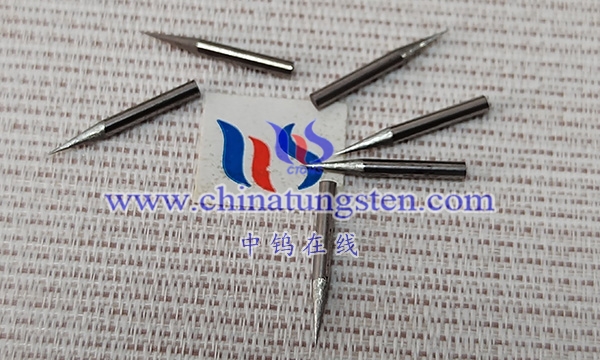The high-frequency tungsten-rhenium probe is a probe technology that uses the high temperature generated by high-frequency current passing through a tungsten filament to ionize or excite a reaction. It is usually used in analytical instruments such as mass spectrometers, spectrometers, and electron microscopes to ionize or excite samples for subsequent analysis in the fields of chemistry, biology, materials, etc.
Characteristics of high-frequency tungsten-rhenium probe
1. High-temperature ionization: The high-frequency tungsten-rhenium probe enables the sample to be ionized by high-temperature ionization. This high temperature is usually above 1000°C, which enables the sample to be effectively ionized.
2. High sensitivity: The high-frequency tungsten-rhenium probe has a very high sensitivity and can detect trace samples. In the mass spectrometer, it can detect samples at the pg/ml level, and in the spectrometer, it can also detect samples at the μg/ml level.

3. Wide linear range: The high-frequency tungsten-rhenium probe has a wide linear range and can adapt to samples of different concentrations. This allows it to achieve good detection results in samples of different concentrations.
4. Fast response: The high-frequency tungsten-rhenium probe has a fast response speed and can complete the ionization or excitation of the sample in a short time. This gives it a great advantage in rapid analysis.
5. Easy to operate: The high-frequency tungsten-rhenium probe has a simple structure and is easy to operate. It only needs to place the sample on the tungsten wire and then ionize or excite it through a high-frequency current.
More details of tungsten needles, please visit website: http://tungsten.com.cn/tungsten-needles-and-pins.html
Please contact CHINATUNGSTEN for inquiry and order of tungsten needles:
Email: sales@chinatungsten.com
Tel.: +86 592 5129595






